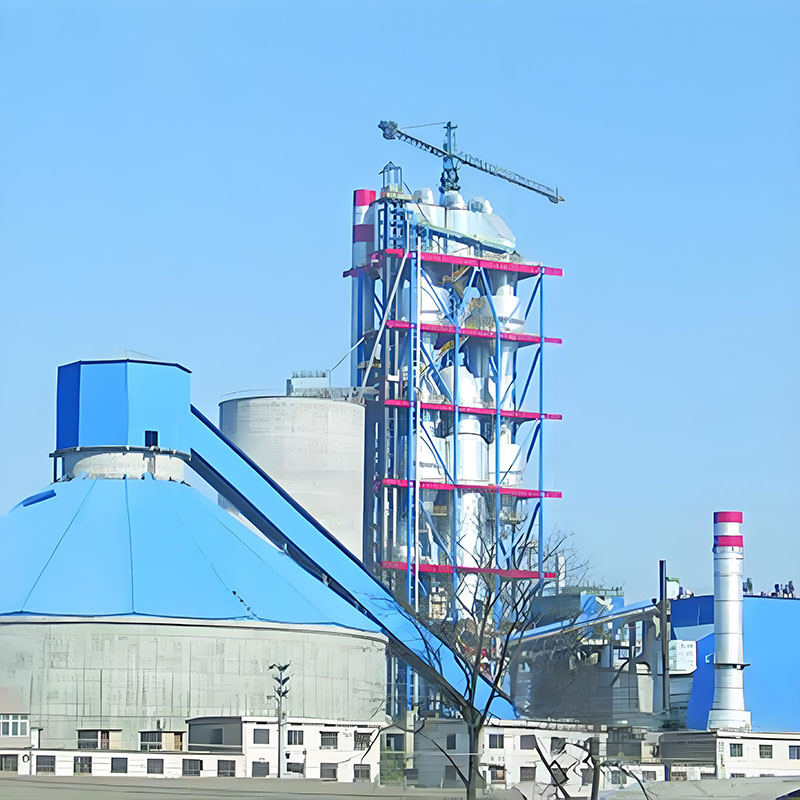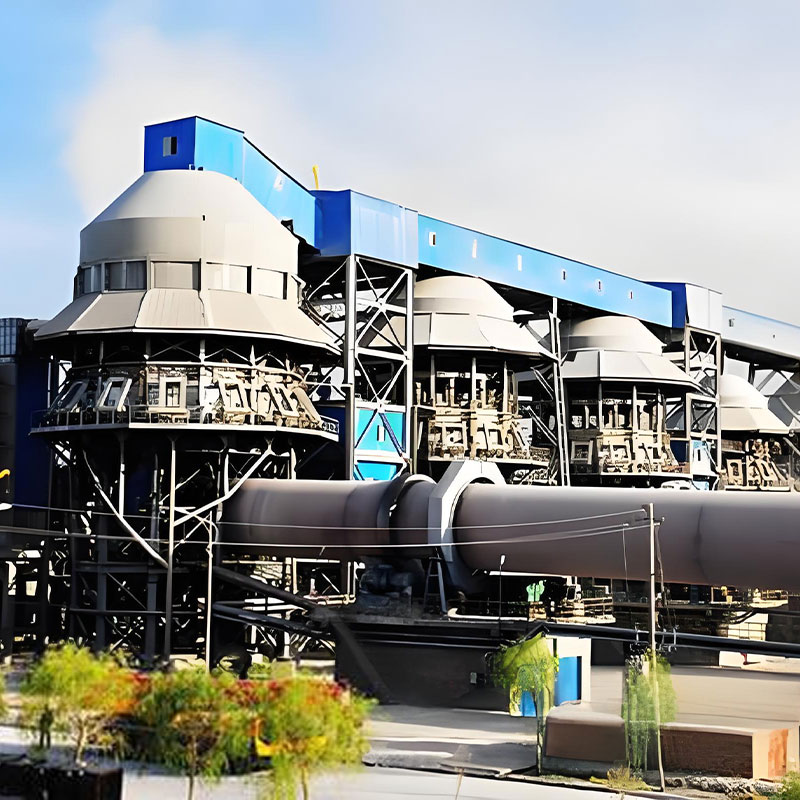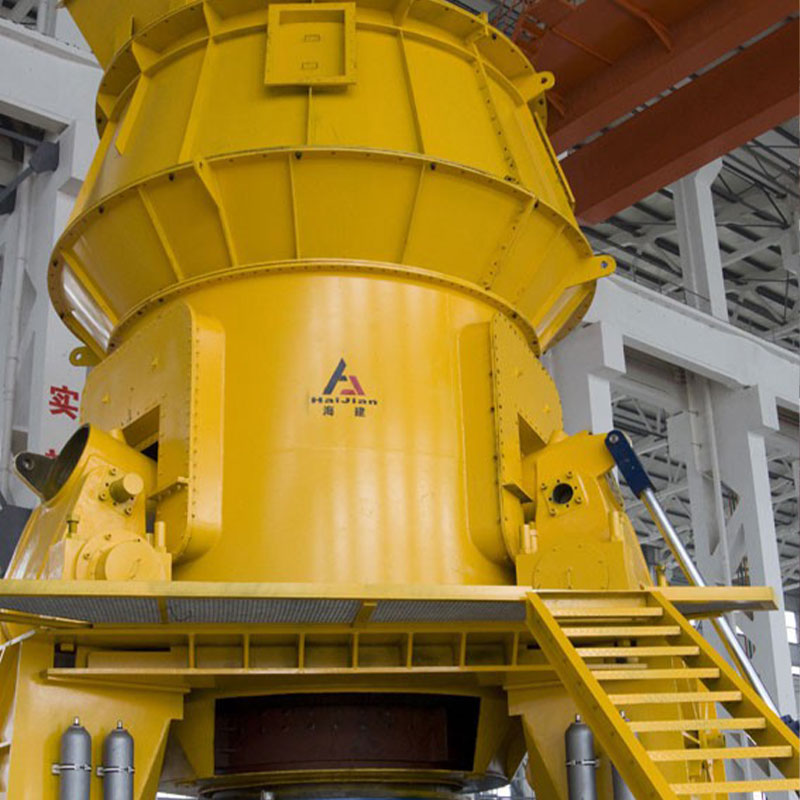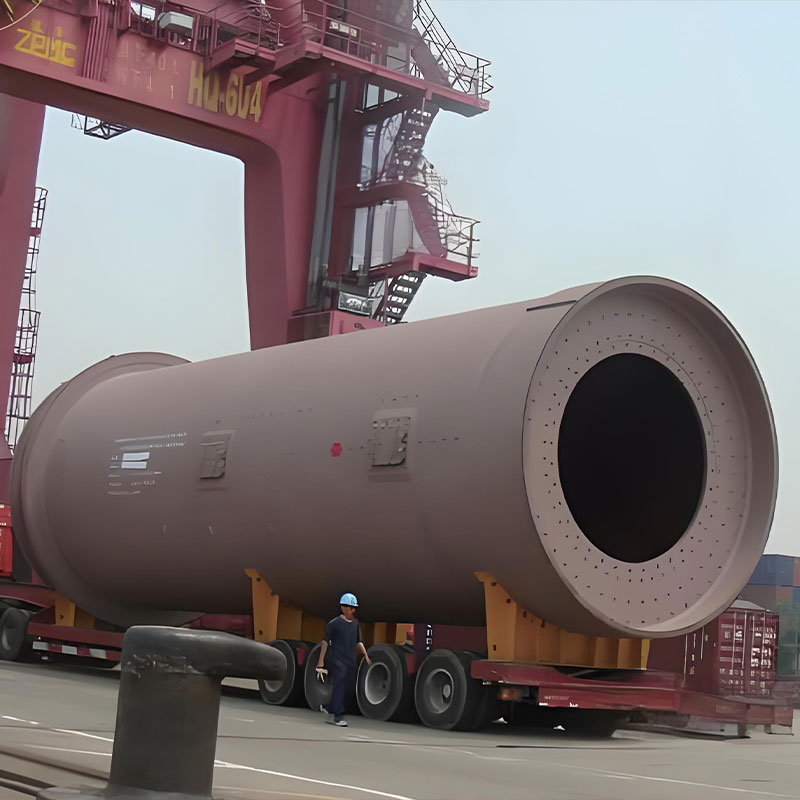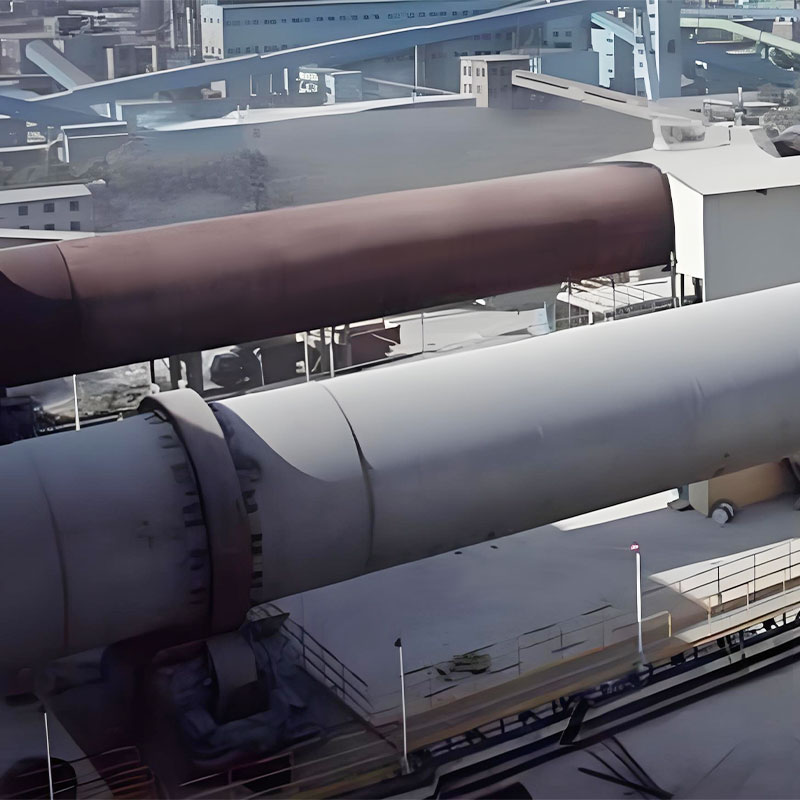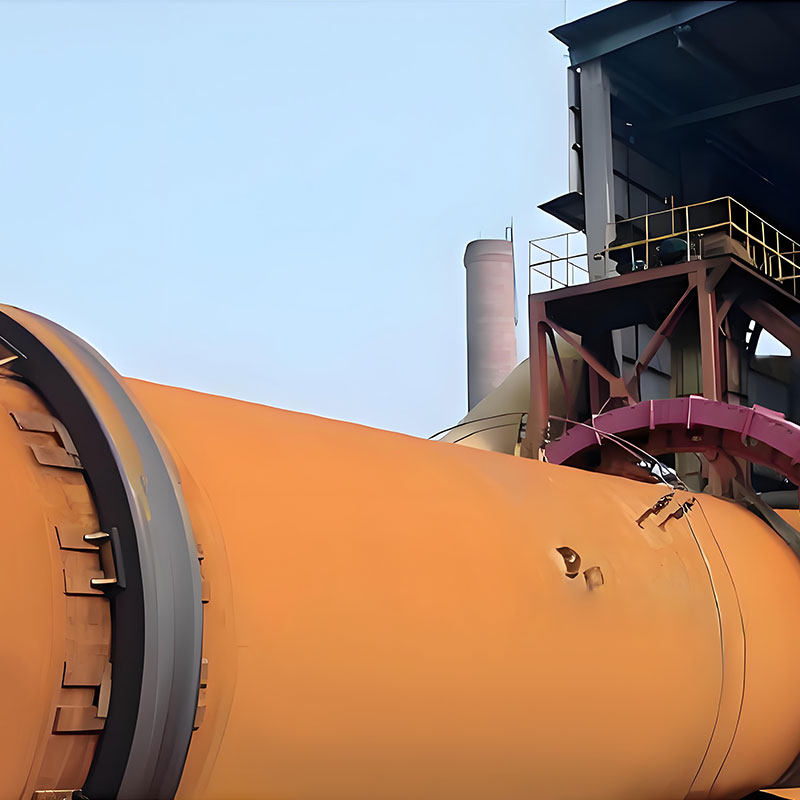What to Consider When Using a Lime Rotary Kiln?
Content
1. Production process and key points of operation
(1). Raw material (limestone) control
Particle size and gradation: Strictly control the particle size range of limestone entering the kiln (such as 40-80mm). If the particle size is too large, it is difficult to burn through, and a "green core" will appear in the center; if the particle size is too small, it will block the air duct, resulting in uneven ventilation, forming powder and nodules. Maintaining a reasonable particle size gradation helps to optimize the air permeability in the kiln.
Composition and impurities: Control the content of impurities such as SiO₂, Al₂O₃, and MgO in the limestone. Excessive impurities will reduce the activity of lime and easily form low-melting-point calcium silicate, etc., causing rings in the kiln.
Moisture: The limestone entering the kiln should be kept dry. Excessive moisture will consume a lot of heat, reduce thermal efficiency, and increase the amount of waste gas.
(2). Fuel and combustion control
Fuel quality: Ensure the stability of the calorific value and composition of the fuel (coal powder, gas, fuel oil). For coal powder, its volatile matter, ash content and moisture content should be controlled. Air-coal ratio: This is one of the most critical operations. The fuel quantity and the ratio of primary and secondary air must be adjusted in time according to the working conditions in the kiln (temperature, pressure, exhaust gas composition). Excessive air will lead to heat loss and reduce thermal efficiency; insufficient air will lead to incomplete combustion of fuel, produce a reducing atmosphere, make the lime sticky, easily form rings, and reduce activity. Flame shape and temperature: Adjust the burner to form an ideal flame shape (length, stiffness), avoid the flame directly sweeping onto the kiln lining or material, and prevent local overheating and ring formation. Stabilize the temperature at the kiln head, kiln center and kiln tail within the process requirements.
(3). Matching kiln speed with feed quantity
Follow the principle of "thin material, fast rotation". Under the premise of ensuring complete calcination of limestone, maintain a faster kiln speed and a relatively thin material layer. This is conducive to heat exchange, reduce overburning and underburning, and improve output and quality. Feed quantity and kiln speed must be adjusted synchronously to keep the kiln filling rate stable and avoid excessive fluctuations in the material residence time in the kiln.
2. Key Maintenance Points for Lime Rotary Kilns
Wheel and Tyre Maintenance
Regular Inspection: Regularly check the contact between the wheel and tyre, lubrication status, and uniform wear.
Kiln Centerline Alignment: Regularly inspect and align the kiln centerline to prevent significant bending or deformation. Wheel adjustment is a highly technical task and must be performed by experienced engineers.
Temperature Monitoring: Use an infrared thermometer to monitor the temperature of the wheel bearings to prevent excessive temperatures and burnouts caused by oil shortages or excessive loads.
Kiln Lining (Refractory Brick) Protection
Stable Thermal System: Frequent kiln startups and shutdowns or drastic temperature fluctuations are the biggest killers of kiln lining life and can cause refractory brick spalling.
Preventing Red Kilns: Never continue operating the kiln lining if it is peeling or the kiln shell is overheating (reddening). The kiln must be stopped immediately for repair welding or brick replacement.
Regular Inspection: Use kiln shutdowns to check the remaining thickness of refractory bricks and the condition of the kiln lining.
Checking the Sealing Devices
Check the seals at the kiln head and tail for integrity. Poor seals can lead to air leakage, seriously affecting ventilation and combustion within the kiln, increasing energy consumption and compromising environmental compliance.
Transmission System Lubrication
Ensure proper lubrication of the main motor, reducer, and gears. Regularly check gear meshing and lubricant quality.
3. Safety and Environmental Precautions
Fire and Explosion Prevention: Pulverized coal silos and dust collectors pose explosion risks, especially when using pulverized coal. Temperature and CO concentration must be monitored, and explosion-proof valves must be installed.
Preventing Burns and Mechanical Injuries: Surface temperatures of the kiln body and connecting pipes are extremely high. Maintain a safe distance during inspections. Cleaning or maintenance of equipment while it is operating is strictly prohibited.
Confined Space Work: When entering the kiln, preheater, or other equipment for maintenance, strict confined space work approval, ventilation, and monitoring procedures must be followed.
Flue Gas Treatment: Lime calcination generates flue gas containing dust, SO₂, and NOx. Environmental protection facilities, such as dust removal (such as bag filters), desulfurization and denitrification, must operate normally to ensure emissions meet standards.
Dust Control: Effectively collect dust at dust-generating points such as raw material transportation, crushing, and screening.
News Category
Recommended Products
It is focused on the overall solution of dry bulk material port transfer system,
research and development, manufacturing, and service
- Product Category
- >Cement production line
- >Environment protection
- >Metallurgical and mining equipment
- >Pressure Vessel
- Quick Links
- >Products
- >Company
- >Equipments
- >Solutions
- >Services
- >News
- >Contact
- Contact us
-
-
 Call us for support+86 13584702563
Call us for support+86 13584702563 -
 Call us for supporthaijian@haijianstock.com
Call us for supporthaijian@haijianstock.com -
 No. 198, Shuanglou Road, Qutang Town, Haian County, Jiangsu Province
No. 198, Shuanglou Road, Qutang Town, Haian County, Jiangsu Province
-


 English
English  русский
русский  Español
Español 